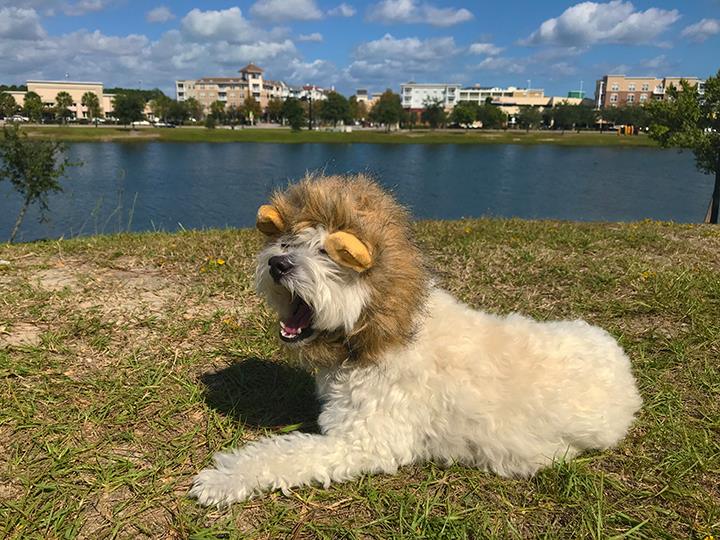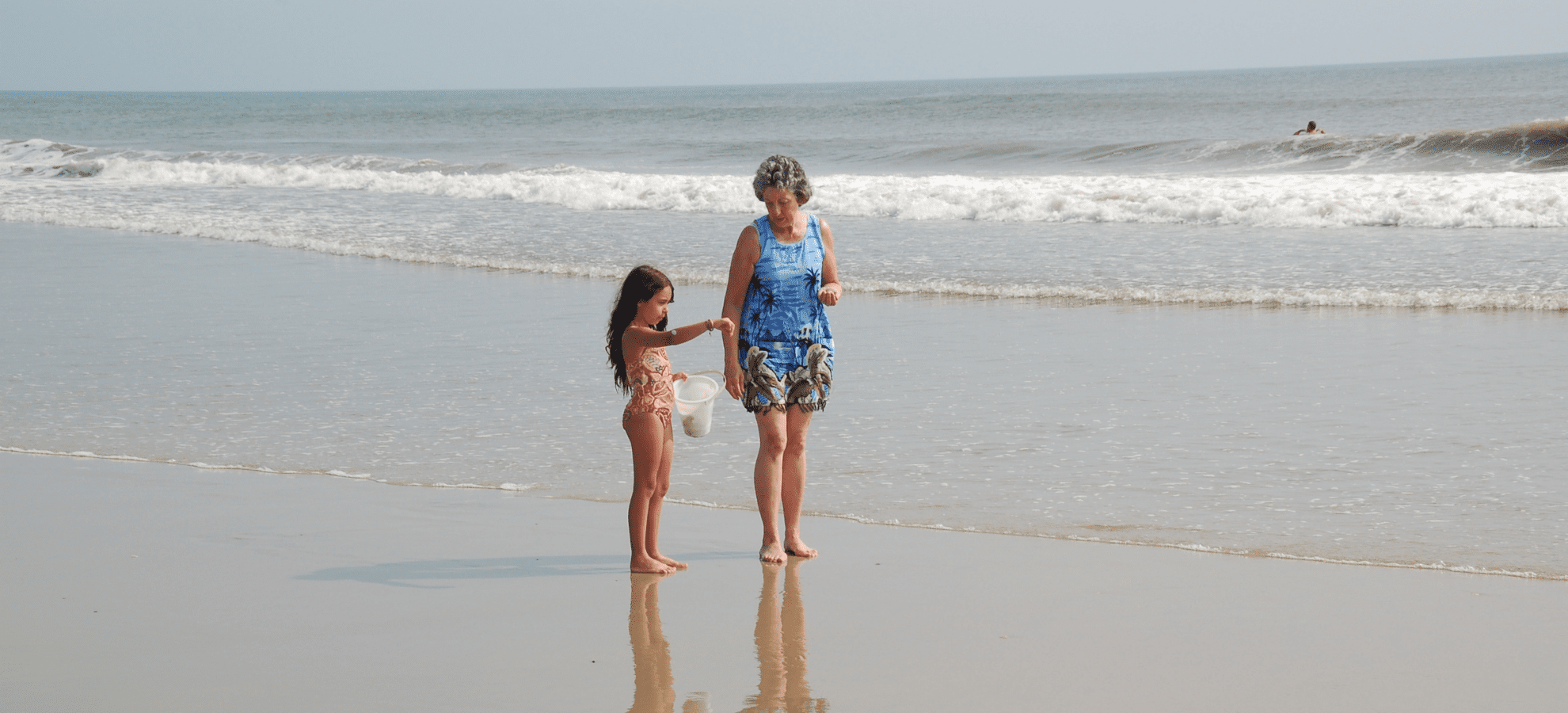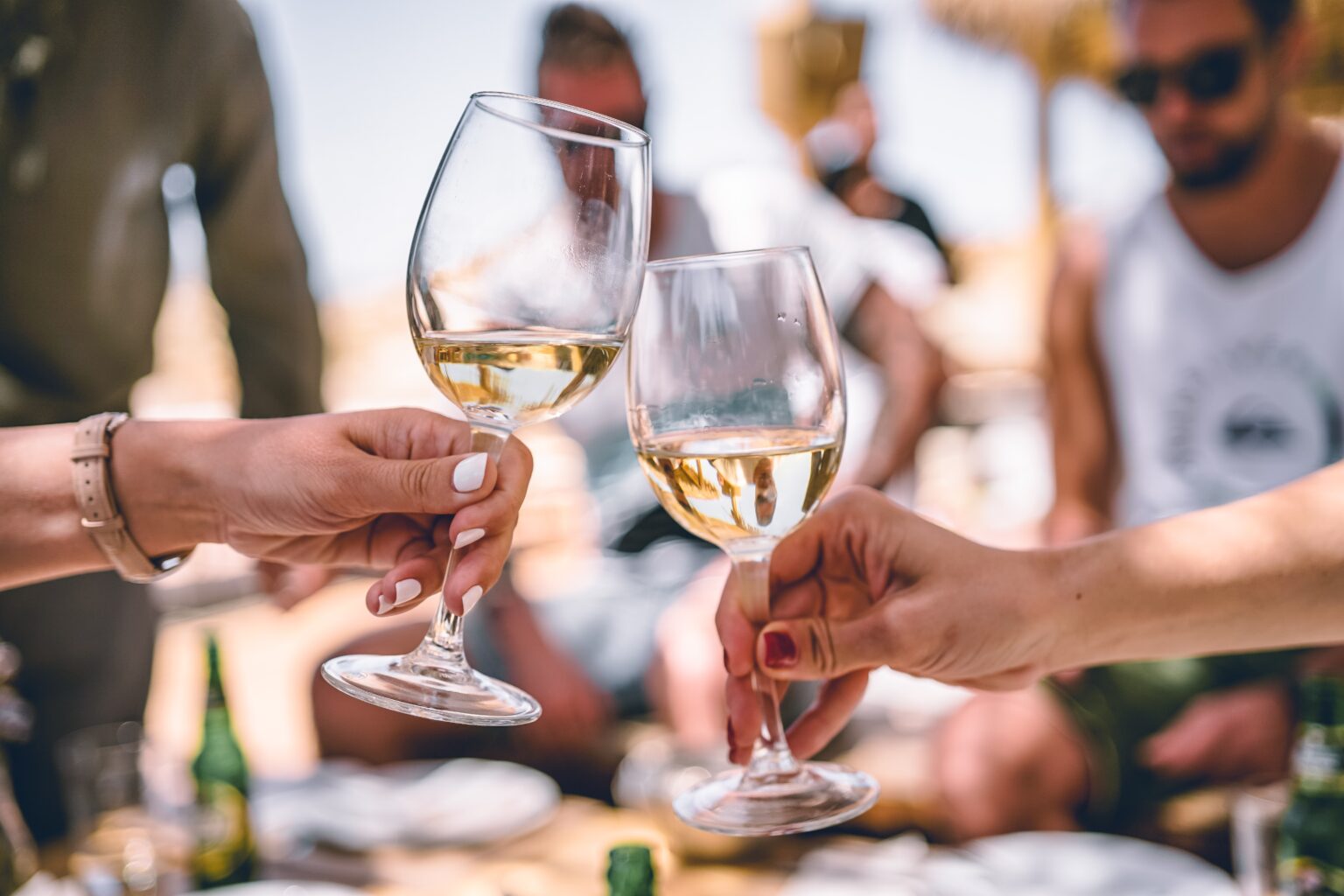Charlie’s Corner is the domain of Charlie, the furry four-legged lady’s man of Market Common. Each month, he’ll share information to help all new, visiting, and existing doggie community members get the most out of life alongside their human companions. Here, we’ll feature his reflections on what it’s like to be a dashing downtown doggie, as he reminds all of us how to play well together.
This month, Charlie explores the origins of Halloween, and brings us a history lesson steeped in ritual and tradition.
The month of October never really feels quite as much like fall as perhaps some other parts of the United States, as we enjoy such continued warm, beautiful and sunny weather. But the last day of the month, Halloween, finds us here in Myrtle Beach just as it does everyone else across the country even if bright red and orange leaves don’t.
I wonder what I should dress up as this year? Maybe I’ll keep it simple and let my coat grow long and go as a miniature wooly mammoth. I also took a fancy to an octopus outfit I stumbled across the other day that I could always use as a backup in case my fur doesn’t get as long as is needed. My people might not like the former idea though, because I’ll probably shed more.
Halloween is such an interesting holiday. Everyone dresses up, there are parties, and children go door-to-door to get candy and treats.
Who came up with this great idea? Even though I (and all dogs) can’t eat chocolate, I can still appreciate how much fun this is for people, as I’m nurtured enough to be able to celebrate that of which I can’t personally indulge.
Yet the holiday is barely recognized in Europe, which is a bit odd considering its origins lie in the pagan festival of Samhain, a Celtic festival. I think it’s time I put Charlie’s research cap on and learn a bit more about Halloween and its origins. Hey, maybe I can modify my hat a bit and go as a wizard?
So— Samhain and halloween. For the Celts, Samhain was one of the most important of the four quarterly fire festivals that they held annually. So important was it, that if you didn’t go, people believed the gods would come after you and kill you.
Yikes! That’s a far cry from how we just leave party-poopers to themselves nowadays. I don’t think dressing up was obligatory though.
Anyhow, Samhain was also a harvest festival. While people would gather the harvest, they would allow their hearth fires to naturally burn out in their homes. Then, they would all gather around a great community fire which was ignited by the Druid priests who would spin a giant wheel until enough friction was created that sparks would light. The wheel was a symbol for the sun, and people would take fire from the newly created one with which to reignite their hearths upon returning home.
Texts claim the festival lasted anywhere from two to six days, with varying other customs including excessive drinking, eating, and merrymaking.
Celts believed that during Samhain, the veil between the worlds of what was real and seen, and what was intangible and spirit-related was thin— so thin, that a cross-over was possible.
To protect themselves from being kidnapped by any boogies or goblins or things that go bump in the night, people would dress up as animals and scary looking monsters to deter any potential ghostie from thinking it was a human that could be taken hostage. Apparently, the boogies weren’t interested in kidnapping animals. Whew! I would have been safe.
Well, okay then. Dressing up wasn’t obligatory, but highly recommended. Doesn’t sound like much of a party to me though, hiding out in your house waiting for something to come steal you.
Good thing they decided to incorporate all that debaucherous eating and drinking. Otherwise you might be pretty anxious till Samhain was over.
It wasn’t until the 8th century that Pope Gregory III reinvented the time around Halloween as a time to honor all saints, and the evening which eventually became Halloween was changed to All Hallows Eve. Over time, the celebration lost most of its dourness, and evolved into a more festive gathering of eating sweet treats and joviality.
Now that’s more like it!
Until next time,
























